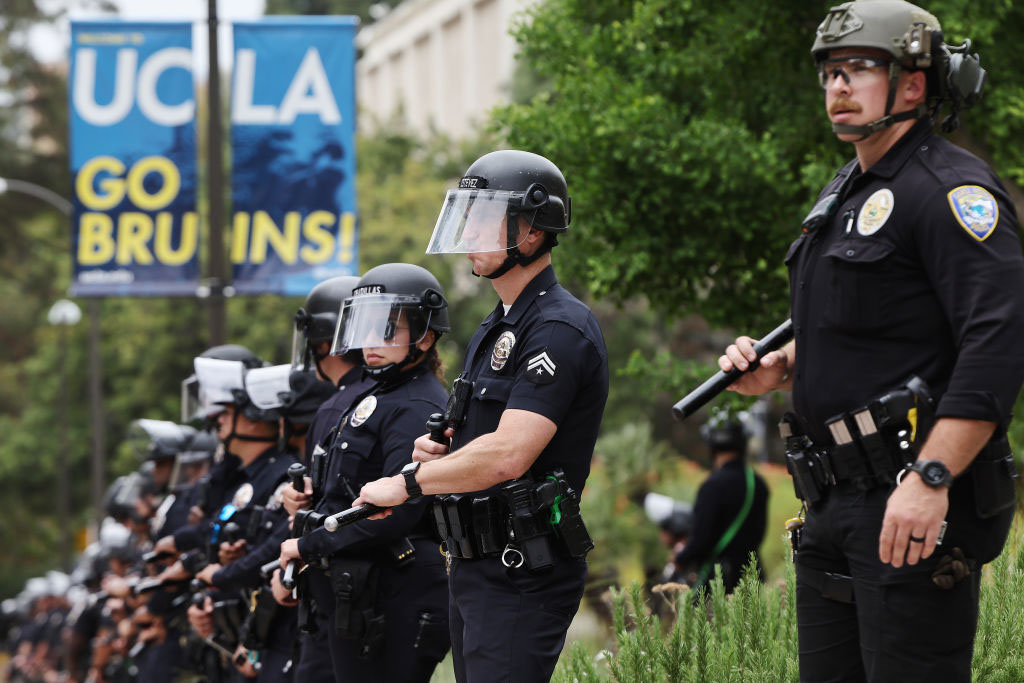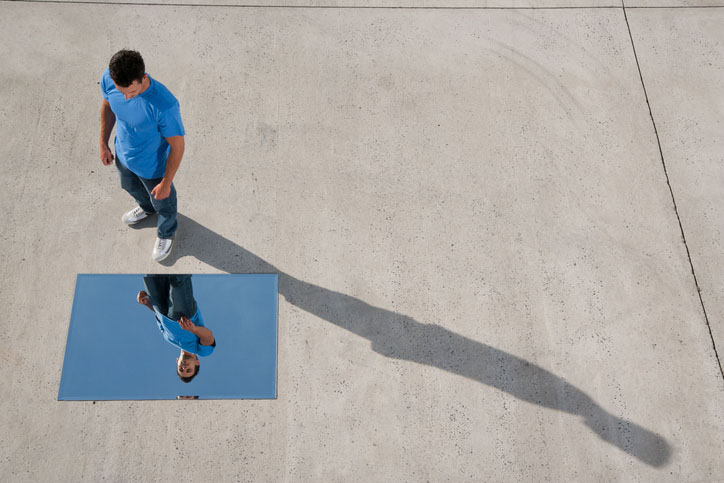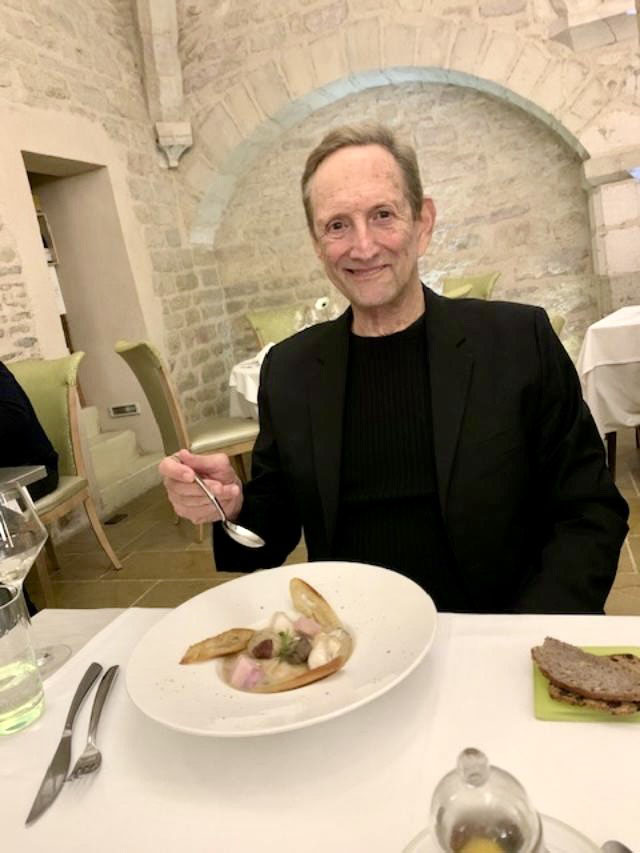Those who gulped down “The Reader” in one sitting when the English translation of the German book came out eight years ago will need no inducement to see the movie.
They may carp about some structural changes, but where it counts, the film is faithful to the spirit of the original. As a bonus, the performances are of such high caliber that Ralph Fiennes, who was nominated for an Oscar for his role as the sinister Nazi commandant in “Schindler’s List,” ranks as only the third best actor among the movie’s principals.
But to the uninitiated, the film will be a harder sell. It asks us to look at the Holocaust from the complex perspective of the immediate postwar generation of Germans, who were not guilty of their parents’ crimes but must live with the shame and horror of the aftermath.
Michael Berg is a 15-year-old school boy in a small German university town in the late 1950s, who by chance meets Hanna Schmitz, a 36-year-old trolley conductor, who quickly initiates the “kid” into the mysteries of sex.
In return, Michael reads to Hanna from works ranging from Homer to Mark Twain, which she enjoys so much that she lays down the rule: “Reading first, sex afterwards.”
(In German, the book’s more telling title is “Der Vorleser,” someone who reads aloud to another person.)
One day, Hanna disappears without a trace. A few years later, Michael has become a law student and as a class assignment attends one of the trials of lesser war criminals, mostly concentration camp guards, which opened the eyes of many young Germans of the early 1960s.
Hanna is a defendant among a group of female SS guards accused of letting Jewish women and children burn to death in a locked church during a World War II bombing raid.
Not only does she not deny her complicity, but she is manipulated by the other SS women into the role of ringleader. Although this testimony is false, she does not deny the charge, because to do so would force her to reveal a lifelong secret she considers even more shameful than her wartime deeds.
Bernhard Schlink, the German author of “The Reader,” clearly posited Hanna and Michael as stand-ins for the wartime and postwar generations of his countrymen.
The trailer
Thanks to the talents of Schlink, screenwriter David Hare, director Stephen Daldry and a superb cast, the protagonists emerge not as abstract generational symbols, but as highly complex human beings. (Two of the original producers, Anthony Minghella and Sidney Pollack, died between conception and completion of the film.)
The stars’ names above the title are Kate Winslet and Fiennes. Winslet, far outshining her famed turn in “Titanic,” ages amazingly from a ravenously sexual woman to a gray-haired, weary prison inmate.
Fiennes plays Michael Berg as a lawyer in his 50s, reflecting on his youthful affair and returning to visit Hanna in prison. It is an important, and well-acted part, but relatively brief.
Throughout most of the film, the central figure is the young Michael, from adolescence to young manhood, played, in truly remarkable style, by an unknown 18-year-old German actor, David Kross.
Schlink, who was born one year before the end of the World War II, is now a judge, law professor and part-time novelist, and knows the gulf between his generation and those of his father’s and grandfather’s first-hand.
This reporter had a leisurely lunch conversation with Schlink when he visited Los Angeles in 2000, and the author posed the question then:
How do you reconcile the natural love and respect you bear toward your parents when you learn that they committed horrible crimes at worst, or tolerated them silently at best?
As Schlink’s alter ego, the young Michael Berg, puts it as he watches his former lover in the defendant’s chair, charged with war crimes: “I wanted simultaneously to understand Hanna’s crime and to condemn it,” he muses. “But it was too terrible for that. When I tried to understand it, I had the feeling I was failing to condemn it. When I condemned it, as it must be condemned, there was no room for understanding.”
At no point does the author, his book or the film try to soften the horror of the Holocaust. Most telling in the movie is a long, silent walk by young Michael through the remnants of a death camp, with its narrow bunks, crematoria and mountains of discarded shoes.
Toward the end, Hanna leaves her meager savings to the only Jewish woman to survive the church burning. Can this gesture redeem her?
Never, said Schlink; there cannot be any absolution for Hanna, or for Hitler’s generation of Germans.
“The Reader” has been a New York Times and international best seller and has been translated into 40 languages, including Hebrew.
We asked Schlink why a book of some 200 pages, written without literary flourishes, would evoke such global popularity and devotion.
“I think readers like to be confronted with such complex problems,” he said. “Too often they are under-challenged.”
Movie viewers, who are rarely required to strain their thought processes, will find “The Reader” a worthy moral, intellectual and emotional challenge.
“The Reader” opens Dec. 12 at the Grove, Landmark, Arclight Sherman Oaks and Laemmle Monica 4-Plex.






















 More news and opinions than at a Shabbat dinner, right in your inbox.
More news and opinions than at a Shabbat dinner, right in your inbox.